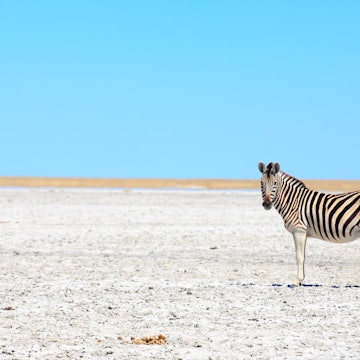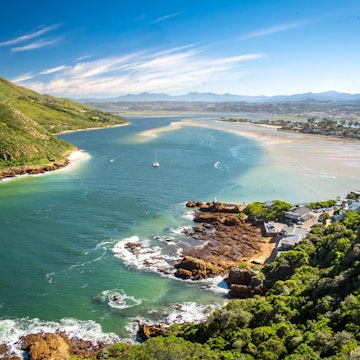
The best time to visit Cape Town for whale watching, wildflowers and wineries

Jun 20, 2025 • 5 min read
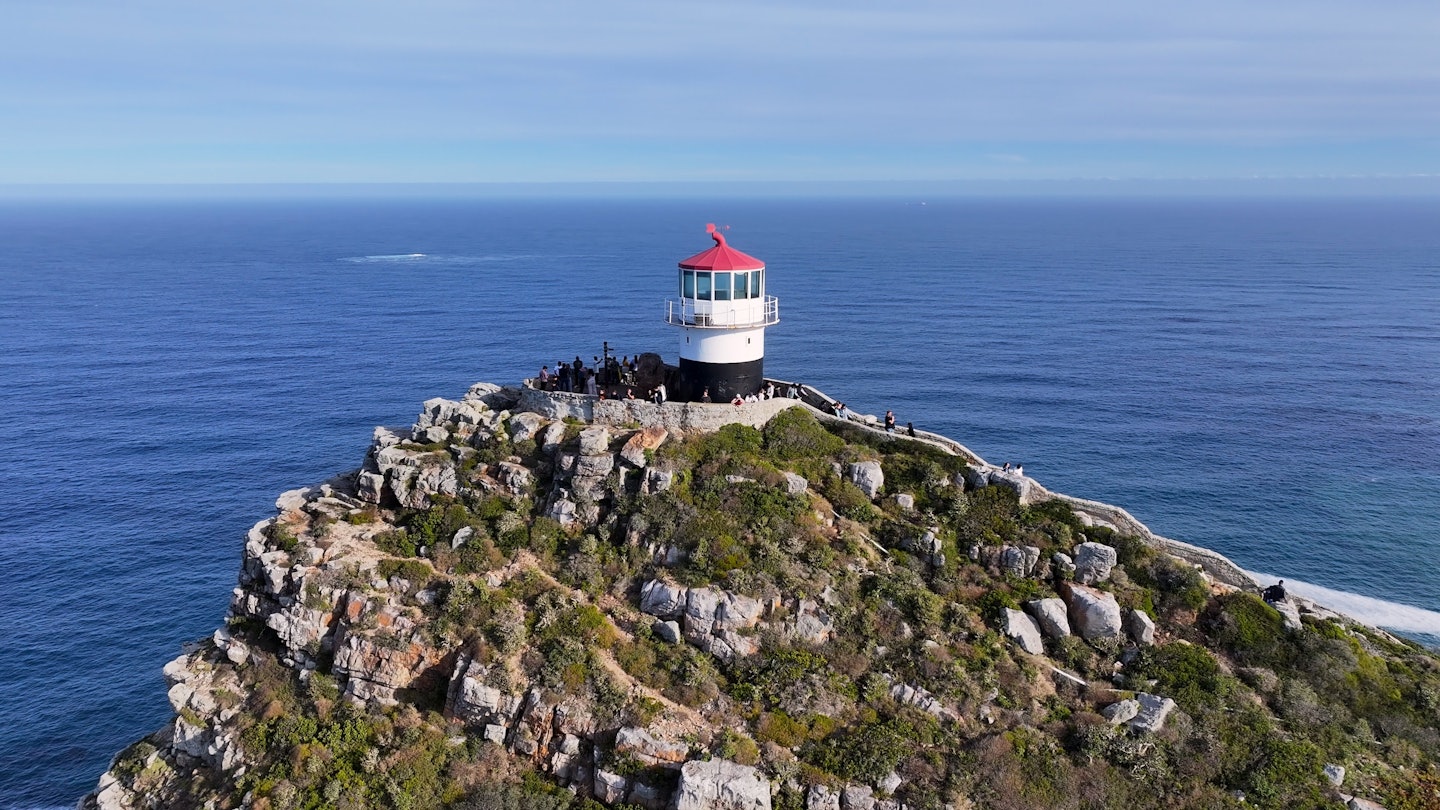
Cape Point Lighthouse in Table Mountain National Park in Cape Town, South Africa. ByDroneVideos/Shutterstock
As South Africa's flagship coastal city, Cape Town has plenty to offer visitors like stunning surroundings, a fascinating culture, and world-class attractions.
While beach lovers and outdoor enthusiasts will prefer the warmer months, winter in Cape Town has its own perks, making it an appealing year-round destination.
So whether you want to see colorful wildflowers, hike up Table Mountain, or simply relax on the beach, here are the best times to visit Cape Town.

December to March is the best time for beaches and sunny weather
If you want to head to the beach, the best time to visit Cape Town is in the summer (December to March). This is when you’ll find warm weather, clear skies and long days, creating the perfect mix for sun-seekers.
The weather does get hot, especially in January and February, when average temperatures hover around 86°F (30°C). Cool down by dipping your toes in the cold water of the white sands of Camps Bay Beach or Clifton's four beaches on Cape Town’s Atlantic coast. For warmer water, head to False Bay, about half an hour’s drive south of the city center, but be prepared for crowds.
As the peak season, expect lots of music, art, and cultural events. The city comes alive with Christmas and New Year festivities too, with street decorations and bustling Christmas markets selling gifts, crafts and food. The city’s Christmas lights are switched on during the Festival of Lights on the first Sunday in December. Kirstenbosch National Botanical Garden also hosts Carols by Candlelight the same day (book in advance). If you’re traveling with children, go and meet Santa at the V&A Waterfront.
For a unique glimpse of Cape culture, catch the Cape Town Minstrel Carnival (the Tweede Nuwe Jaar Parade) on January 2 at the city’s main public square, Grand Parade. Minstrel performers in colorful costumes dance, sing, and play authentic ghoema (small drums). Otherwise, visit in March for the Cape Town Carnival complete with stunning floats, elaborate costumes, and dancing.
Visitors should also expect crowds and higher accommodation prices – sometimes as much as 80% compared with the low season – especially during the local school holidays which typically fall between mid-December and mid-January. If you plan on visiting around Christmas and New Year, plan to book a couple of months in advance.

Autumn (March-May) and spring (September-November) are the best time for hiking and winery visits
The shoulder seasons are beautiful in Cape Town. If you want warm weather with fewer crowds, this is the time to go. March, April and November often have warm, sunny days, and little rain, suitable for swimming.
You’re much more likely to have attractions to yourself and, with temperatures hovering around the 77°F (25°C), this is the perfect time for exploring some of Cape Town’s hiking trails. Hiking is easier now than in the summer heat, and clear skies make for marvelous city views. Either walk up the iconic Table Mountain or Lion's Head, or trek through the lesser-known Silvermine Nature Reserve.
This is also a lovely time to visit the nearby Cape Winelands. The wine estates in Stellenbosch, Franschhoek and Paarl look gorgeous with colorful autumn leaves or spring flowers. They are also quieter than in the summer, allowing for a more relaxed experience.
At Eastertime in March or April, there are often several Easter-themed events in Cape Town, including egg hunts and lunches at wine estates and restaurants. If you're lucky enough to visit at this time, try pickled fish, a classic Cape Malay dish that is a holiday favorite.
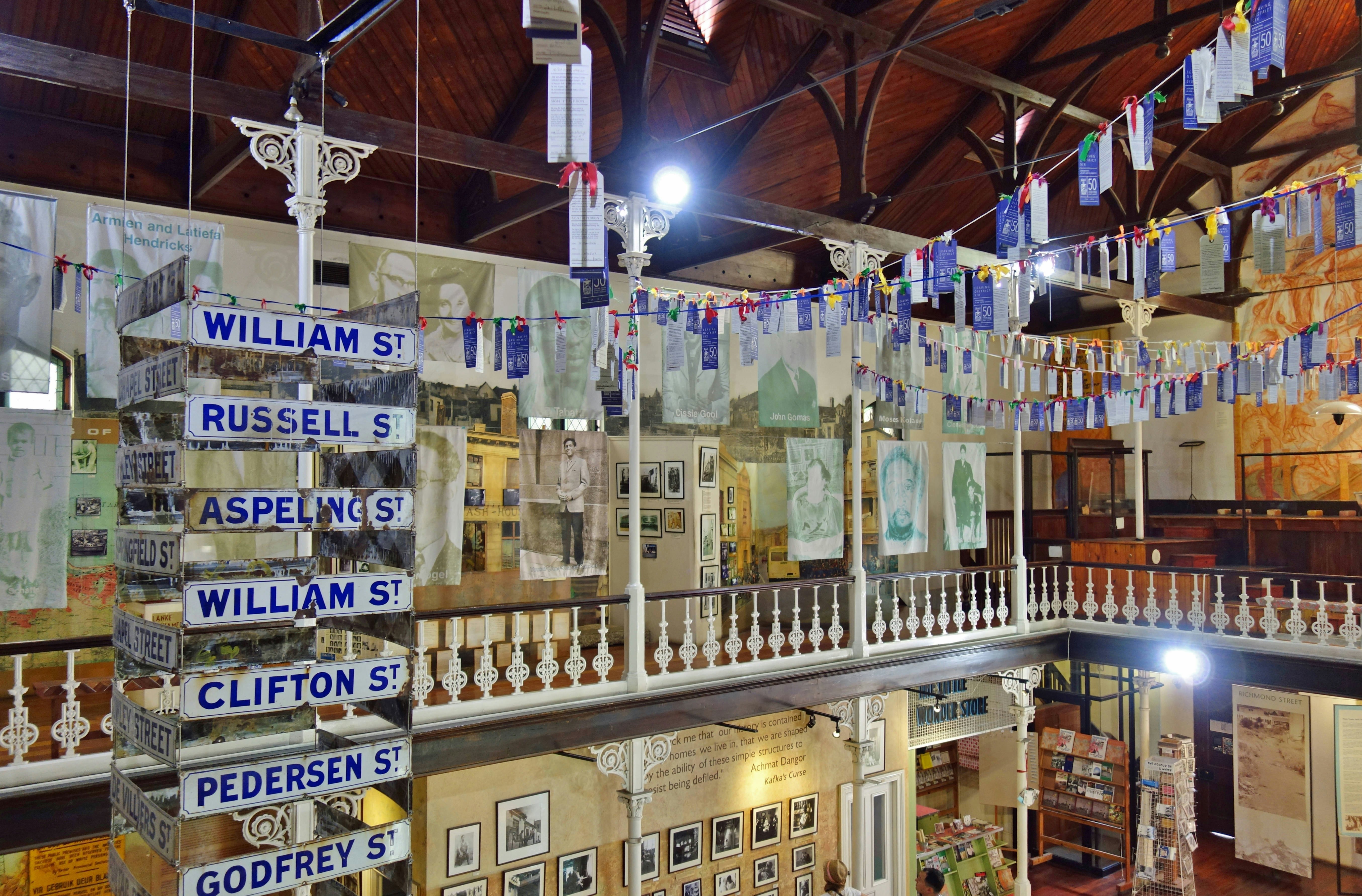
June to November is the best time to visit Cape Town for lower prices
Winter brings lower temperatures, rain and wind. This means fewer crowds and more affordable accommodations. It’s perfect for budget travelers.
During this time it’s good to focus on some of Cape Town’s indoor activities, especially on rainy days. There are several excellent museums and galleries in town, including the District Six Museum, dedicated to preserving the memories and history of the vibrant, multi-ethnic community that was forcibly displaced during the apartheid era.
Other good options include the Zeitz Museum of Contemporary Art Africa, with collections of works of emerging and established artists from across the continent; the Iziko South African Museum which showcases the country’s natural and cultural history like fossils and indigenous artifacts; and the Cape Town Diamond Museum, which gives visitors a comprehensive overview of South Africa’s diamond mining history. This is also the perfect time of year to try Cape Malay cooking at one of the excellent cooking schools in Bo-Kaap.

Winter is the best time for whale watching
One of the highlights of Cape Town’s winter season is the opportunity to witness the majestic southern right whales as they migrate along the coast. The whale-watching season runs from July to November, with the highest concentration of sightings typically occurring between August and September. While you can sometimes see the whales from the False Bay coast, opt for a boat tour to see the enormous whales up close.
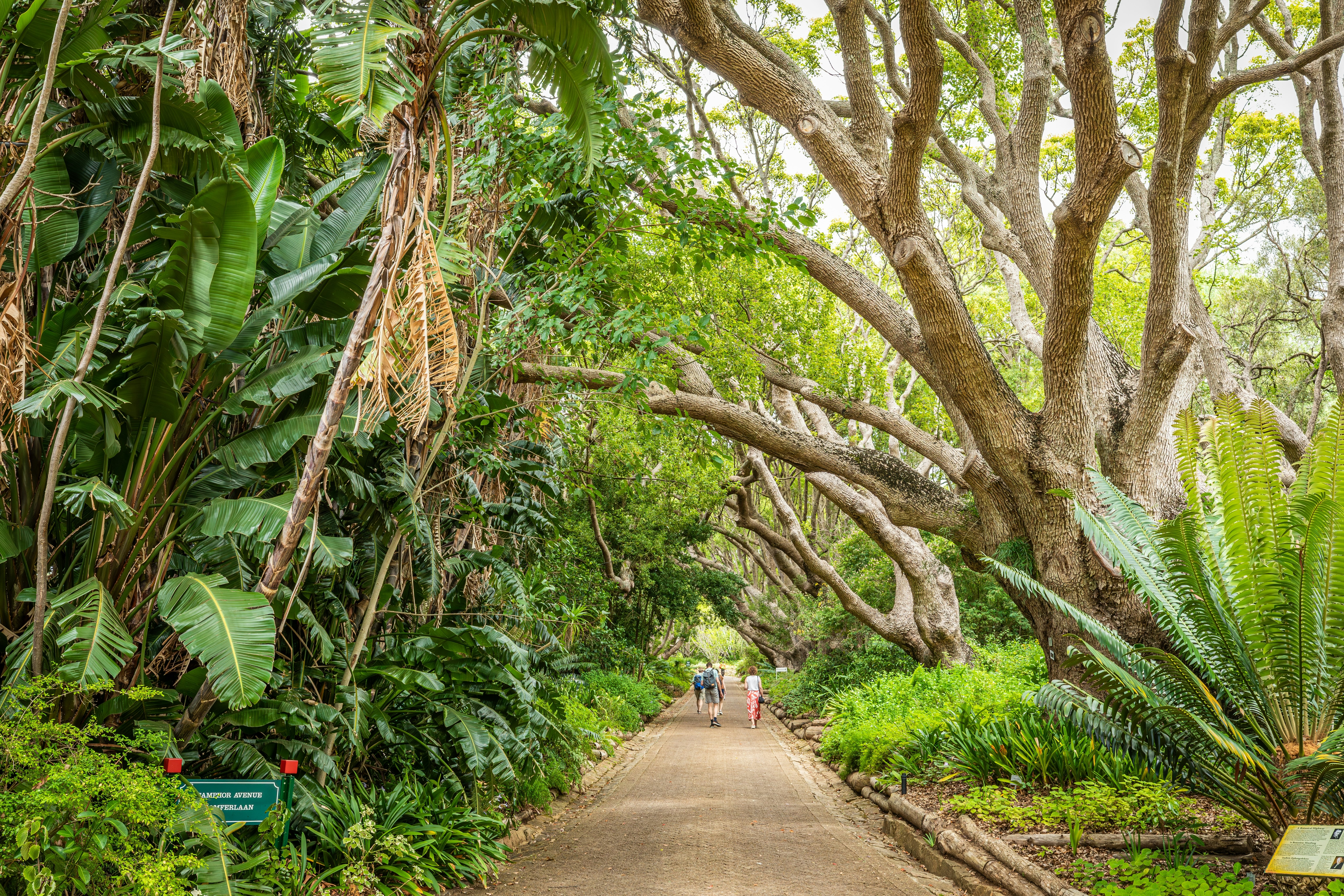
Late summer and early spring are the best time for wildflowers
Wildflowers brighten the parks and reserves around Cape Town in August and September. The weather is mild and sunny, perfect for picnics surrounded by colorful flowers, including purple lupins and orange poppies, dotted with small blooms of meadowfoam.
Kirstenbosch National Botanical Garden comes alive with red, blue, orange and yellow Namaqualand daisies; vygies in many colors; and blue flax that is hidden between the daisies.
If you have more time, head further afield to the West Coast National Park, about an hour’s drive from Cape Town. From late August to September, it transforms into a colorful paradise with several species of wildflowers covering the landscape like white rain daisies, purple suurvy and blye sporrie. Wander through the trails surrounded by carpets of colorful flowers and see if you can spot some of the local antelope along the way.










